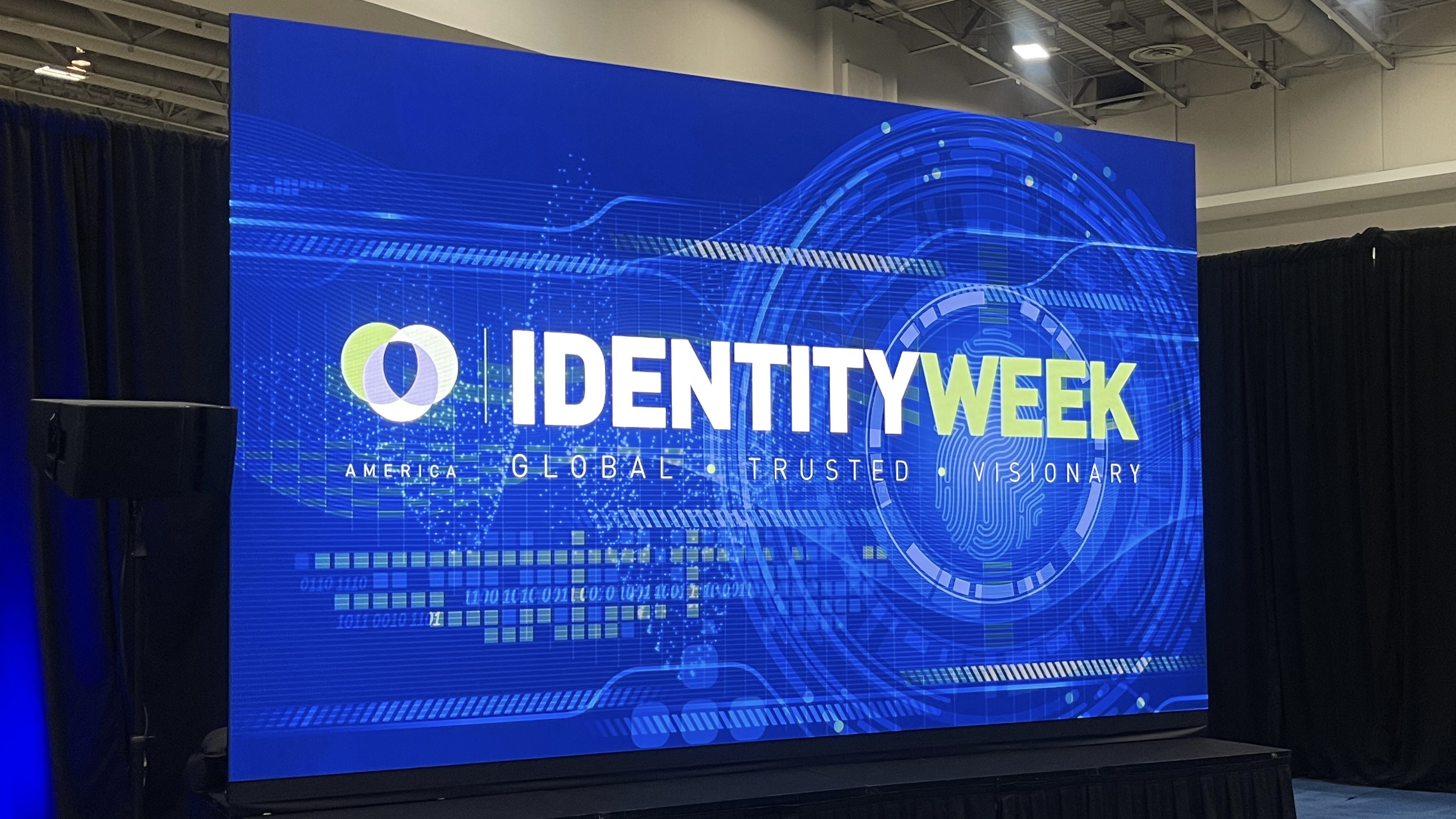The Importance of Liveness Detection in Identity Verification
.png)
Liveness is quickly becoming an essential part of the identity verification process. However, before delving into what liveness is and the benefits associated with it, we need to take a step back and look at the larger picture. Why is liveness needed when we have comprehensive identity verification solutions already? How is fraud detection limited? Only then will we truly understand the need for liveness detection in our solutions.
What is identity?
In a very literal sense, identity is the ‘unique set of characteristics that can be used to identify a person as themself and no one else’. Identity is a concept that refers to the qualities and characteristics that make a person or thing unique and distinct from others. It is often used to refer to the characteristics that make an individual unique, such as their name, age, gender, physical appearance, personality, beliefs, and behavior. Identity can also refer to the collective characteristics that define a group or community, such as their culture, values, traditions, and shared experiences. In terms of verification and validation, you are looking to confirm what is true which can be split into two different categories; what is known and what is owned.
What is known?
What is known can be simplified down to what that person has experienced throughout their life; education, certifications, diplomas, etc., as well as their personally identifiable information.
What is owned?
What is known can be broken down into assets. This could range from the amount of money a person has, to real estate assets.
Now that what is known, and what is owned is understood we can begin to understand how these elements can be easily impersonated or spoofed. Hackers have the ability to impersonate a person to obtain the what is owned part, and AI has the ability to impersonate what is known.
Hackers
Hackers have been able to impersonate identities in a variety of ways. One common method is to obtain personal information, such as a person's name, address, date of birth, or social security number, through phishing scams, data breaches, or other means. With this information, a hacker can create a fake or fraudulent version of a person's identity, which they can then use to gain access to the person's accounts, personal information, or other sensitive data.
Another way that hackers can impersonate identities is by using sophisticated technology, such as facial recognition software or voice synthesizers, to create realistic fake versions of a person's face or voice. This can allow them to bypass security measures that rely on biometric authentication, such as facial recognition or voice authentication, and gain access to a person's accounts or personal information.
Overall, the ability of hackers to impersonate identities poses a significant threat to individuals and organizations, as it can lead to financial loss, identity theft, and other forms of fraud and abuse. It is important for individuals to take steps to protect their personal information and for organizations to implement strong security measures to prevent identity impersonation. Some steps that can be taken are to make unique ID's, have verification steps, verify the user is a human, fundamentally you need to create so many hoops that the hackers simply can’t jump through by increasing the level of trust in transactions or requests.
Artificial Intelligence
AI can be used to impersonate a person's identity in a number of ways, depending on the specific technology and methods employed. For example, AI systems can be trained on large amounts of data, such as photographs or video recordings, to learn the characteristics and features that define a person's identity. These systems can then use this knowledge to create a realistic-looking or sounding fake version of a person's face or voice, which can be used to impersonate them in identity verification processes.
Alternatively, AI systems can be designed to learn and adapt to a person's unique characteristics and behavior over time. For example, a system could be trained on a person's voice, face, typing patterns, or other biometric data to create a personalized model of their identity. This model could then be used to generate fake versions of the person's voice or face that are highly realistic and difficult to distinguish from the real thing.
The use of AI in identity impersonation can pose a significant threat to individuals and organizations, as it can make it easier for hackers and other malicious actors to gain access to sensitive information and accounts. It is important for organizations to be aware of these threats and to implement strong security measures to prevent and detect AI-based identity impersonation.
Why is liveness important?
By understanding the limitations of the current identity verification measures, we can begin to understand why implementing liveness is increasingly necessary. Liveness detection is an important aspect of identity verification processes, especially in the age of AI and sophisticated hackers. These technologies and individuals are constantly finding new ways to bypass traditional security measures, making it essential for businesses and organizations to incorporate liveness detection into their verification processes.
Liveness is an important aspect of identity verification because it helps to prevent the use of fake or spoofed versions of a person's identity. For example, if someone were to try to use a photograph or video recording of a person's face to gain access to their accounts or personal information, liveness detection would help to ensure that the person presenting the identity is actually present and alive, rather than a recording or other fraudulent representation. This can be done in a multitude of ways, including monitoring blinking patterns, speech intonation, pupil dilation, or using biometric markers like facial recognition or fingerprints. This helps to make identity verification more secure and effective, as it adds an additional layer of protection against fraud and impersonation.
The importance of liveness detection in identity verification cannot be overstated. Without it, hackers and AI technologies can easily circumvent traditional security measures by using recorded images or videos of the person being verified. This can lead to serious security breaches and put sensitive information at risk. Incorporating liveness detection into the identity verification process adds an extra layer of security, making it much more difficult for hackers and AI technologies to bypass. This not only protects the business or organization but also gives customers and clients peace of mind knowing that their information is secure. Furthermore, liveness detection can also improve the user experience by making the verification process faster and more efficient. By using biometric markers like facial recognition, the process can be streamlined and made more convenient for the user.
In conclusion, liveness detection is an essential component of identity verification processes in the age of AI and sophisticated hackers. It adds an extra layer of security, protects sensitive information, and improves the user experience. Businesses and organizations should prioritize incorporating liveness detection into their verification processes to ensure the safety and security of their customers and clients.

%20(1).png)
